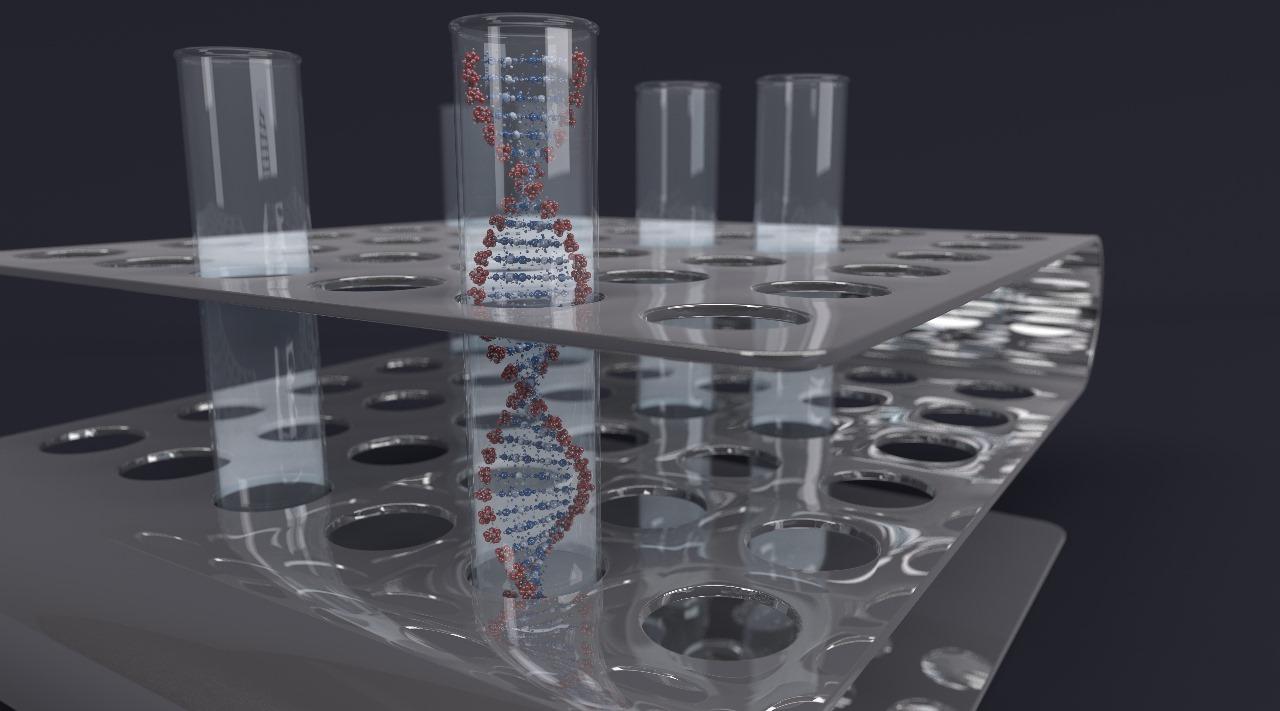
By - Anzar Alam
In our increasingly digital world, the amount of data generated is skyrocketing. This year, it's estimated that for every person on the planet, 1.7MB of data will be produced every second. This exponential growth presents a significant challenge: finding efficient and sustainable ways to store all this information. Traditional electronic storage mediums are reaching their boundaries, but there's a promising substitute on the horizon – DNA data storage.
DNA: A Revolutionary Medium for Data Storage
DNA data storage leverages the natural properties of deoxyribonucleic acid (DNA), the molecule that carries genetic information in living organisms. DNA is composed of four nucleotide bases: adenine (A), thymine (T), cytosine (C), and guanine (G). By translating binary data (0s and 1s) into sequences of these four bases, it’s possible to store vast amounts of digital information in an incredibly small physical space.
In June 2019, scientists achieved a significant breakthrough by encoding all 16GB of Wikipedia’s English-language version into synthetic DNA. The startup Catalog demonstrated this by placing the entire text onto the same genetic molecules found in our bodies.
The Human Genome Project: A Bioinformatics Triumph
The success of DNA data storage builds on decades of advancements in bioinformatics, a field that combines biology, computer science, and information engineering. The Human Genome Project (1990-2003) was a landmark achievement, mapping the entire human genome and showcasing the power of interdisciplinary science. This project required supercomputers to process the massive amounts of data generated, highlighting the ongoing need for advanced data storage solutions.
The Healthcare Sector's Data Dilemma
Healthcare is one industry experiencing a data deluge. The massive amounts of data generated by 2D/3D imaging, genetic sequencing, and AI-driven diagnostics require modern platforms for reliable storage and management. Additionally, aging IT infrastructures and rising cyberattacks pose significant risks to medical facilities and patient data. Telehealth services further demand secure and efficient video and data transmission.
Top Challenges in Healthcare Data Management:
The Promise of DNA Data Storage
Advantages:

Image by Freepik
Challenges and Future Prospects:
Despite its potential, DNA data storage faces challenges, including high costs of synthesis and sequencing and slower read/write speeds compared to traditional storage methods. However, research is actively addressing these issues, and costs are rapidly decreasing.
One of the most significant milestones in DNA data storage came in 2012 when a team of scientists from Harvard University successfully encoded a 53,000-word book into DNA. Since then, numerous breakthroughs have followed, such as storing video files, operating systems, and even computer viruses.
Practical Applications
While widespread adoption of DNA data storage may still be a few years away, several practical applications are already being explored:
The Market for DNA Data Storage
The potential of DNA data storage has spurred the development of an emerging industry, with numerous companies exploring and commercializing this technology. As of 2024, there are about 26 companies dedicated to DNA data storage and DNA drives. These companies are at the forefront of innovation, working on making DNA storage practical and accessible for a wide range of applications.
Key Players in the DNA Storage Market
Conclusion
DNA data storage represents a revolutionary leap in data management technology. With the exponential growth of data generation, traditional storage methods are quickly reaching their limits. DNA's natural properties make it an ideal candidate for future data storage solutions, capable of holding vast amounts of information in a remarkably small physical space. As research continues and costs decrease, DNA data storage is poised to become a viable and transformative alternative to conventional storage technologies, harnessing the power of the very molecules that define life itself.
Reference:
https://catalogdna.com/
https://iridia.com/technology
https://phys.org/news/2012-08-dna-encode-digital.html
https://www.the-scientist.com/dna-data-storage-40597
https://www.dnascript.com/
https://www.biotech-careers.org/company-core-activity/dna-storage
Please follow our WhatsApp Channel and follow us on LinkedIn Instagram and X (Twitter) or @biotechville for instant/daily updates.
Book your career counseling session today
Thank you for sharing with others!
Disclaimer:
The views expressed in this article are solely those of the author(s) and do not necessarily represent the official stance of BiotechVille. The content is informational purpose and not intended to malign any organization or individual. BiotechVille does not guarantee the completeness, accuracy, reliability, suitability, or availability of the information in this article. Any reliance on such information is at your own risk. BiotechVille reserves the right to edit or remove content at its discretion.
A single gram of DNA can theoretically hold up to 215 petabytes (215 million gigabytes) of data and is capable of lasting thousands of years if stored properly.